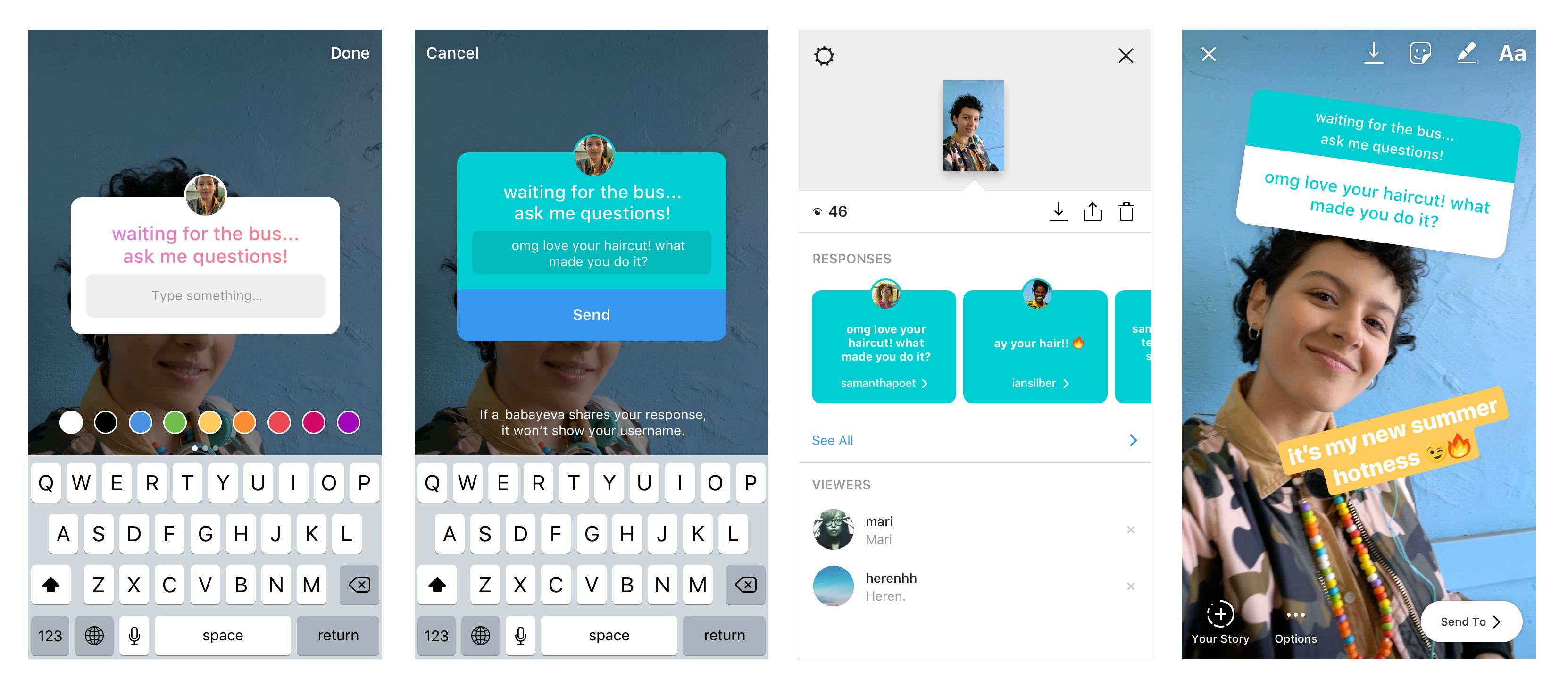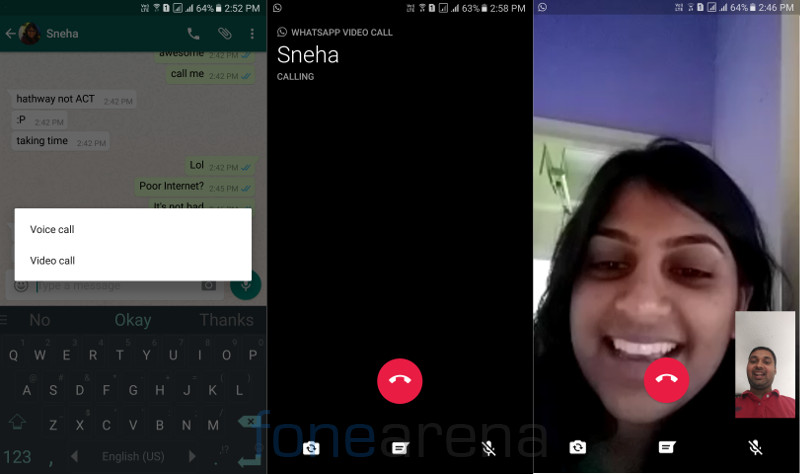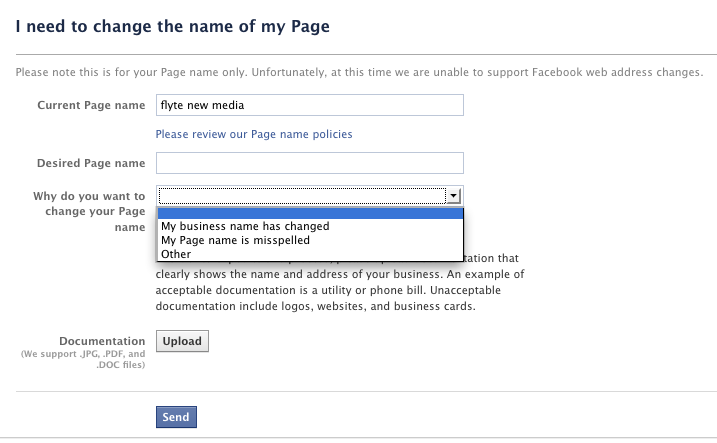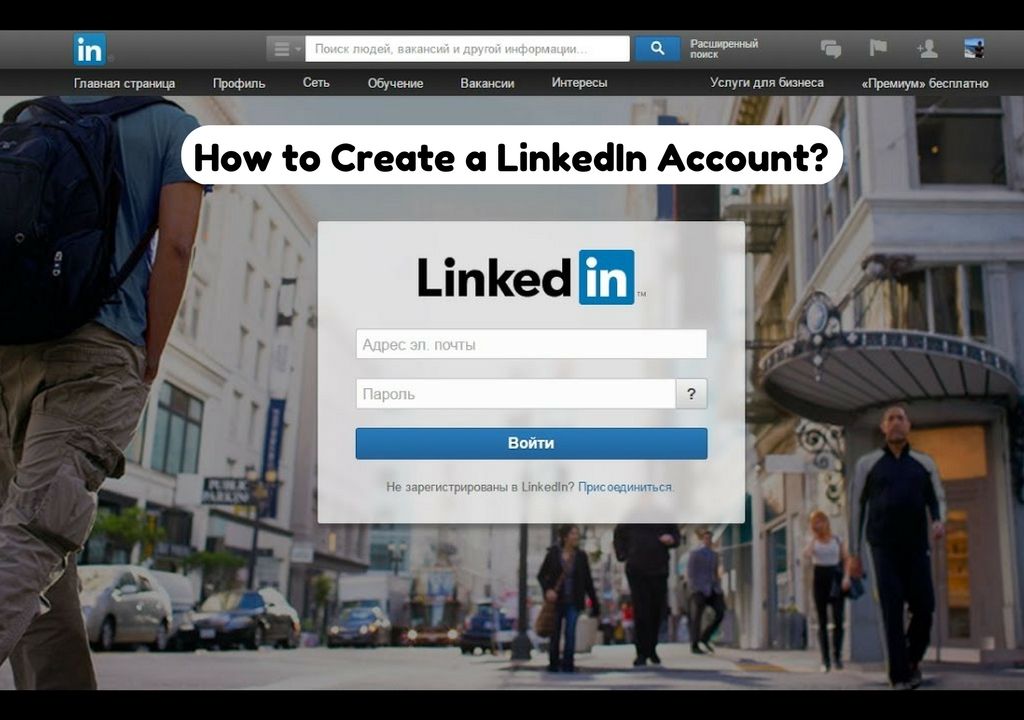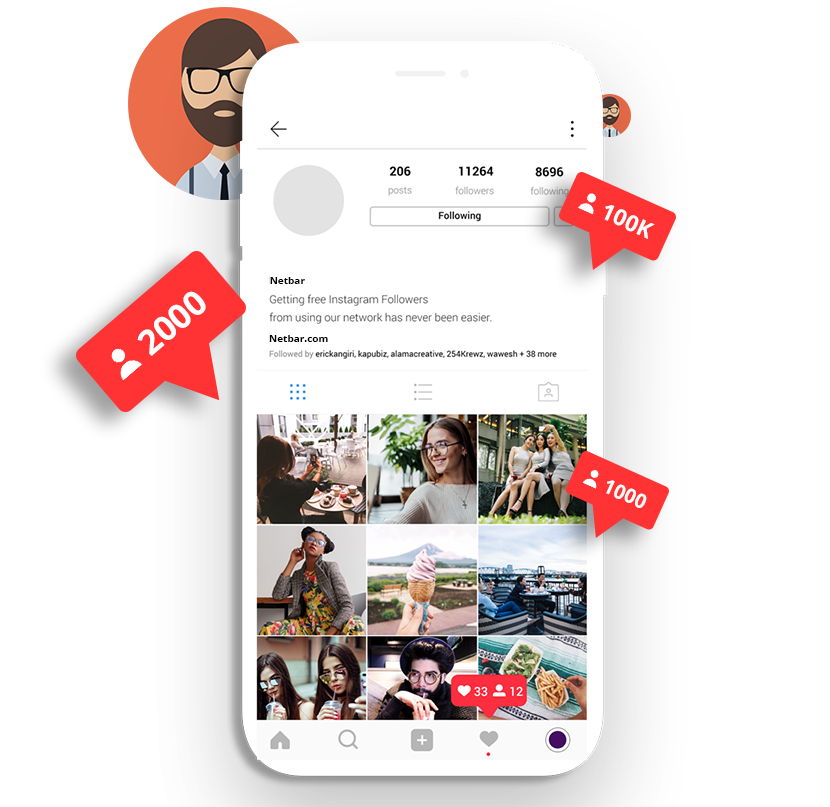How to get whatsapp data from gmail
Guide on How to Backup WhatsApp Messages to Gmail
• Filed to: WhatsApp Tips • Proven solutions
“My phone has just been formatted and I have lost my WhatsApp chats. I don’t want to have the same experience again and would like to take WhatsApp backup to Gmail. Can someone tell me how to save WhatsApp chat on Gmail? I can’t seem to make it work!”
- a question from Quora
A reader of our blog posted this query a while back about the Gmail WhatsApp backup feature. Surprisingly, a lot of people still don’t know how to backup WhatsApp to Gmail or any other source. Your WhatsApp can be linked to your Google account (for Android) or iCloud (for iPhone). Apart from that, you can take WhatsApp backup in Gmail of selective chats as well. There are also dedicated third-party tools that can make the entire experience hassle-free for you. In this post, I will teach you how to backup WhatsApp messages to Gmail in seconds.
- Part 1: How to backup WhatsApp to Gmail?
- Part 2: The recommended software to backup WhatsApp messages
Part 1: How to backup WhatsApp to Gmail?
If you wish to save selective conversations on WhatsApp, then you can follow this technique. By following this method, you can easily export chats from WhatsApp to different sources. In this way, you can download the conversations and the exchanged media on your computer or any other device. There is a native feature to do WhatsApp backup to Gmail for any conversation that you want. Therefore, you can email the chats to yourself and even download it on your system.
- You can backup WhatsApp messages to Gmail by including or excluding the attached media files.
- Users have to save one chat or conversation at a time.
- Please note that the chats can only be exported to Gmail. There is no provision to import selective chats from Gmail to WhatsApp as of now.
- The technique is absolutely free. Though, it is not widely used since it is very time consuming with no option to restore chats.
If you want to learn how to backup WhatsApp chat to Gmail, then the following steps can be taken.
Step 1: Select the chat you wish to backup
Firstly, launch WhatsApp on your Android device. All your chats would be loaded on the screen. Just tap on the conversation that you wish to save. Now, tap on the hamburger icon (three horizontal dots)at the top right corner of the screen. From here, visit the “More” settings.
Step 2: Choose to export the chat
This will further display various features related to the chat option. Tap on the “Export chat” button to take WhatsApp backup in Gmail.
You will be asked whether you wish to include or exclude media (the shared attachments and stickers) in the backup or not. Simply select the option of your choice to proceed.
Step 3: Gmail WhatsApp backup to yourself
After making the appropriate selections, wait for a while as WhatsApp will process your chat. Once it is done, you will be presented with different options to export the chat (via Bluetooth, Google Drive, Mails, and more). Tap on the Gmail icon from the lot.
Tap on the Gmail icon from the lot.
Your Gmail inbox will be loaded with a processed document having the WhatsApp chats. You can just mail it to yourself or any other contact. If you want, you can just save it to your drafts as well and later download it on your computer.
By following these simple steps, you can easily learn how to backup WhatsApp to Gmail. You can save multiple chats (one by one) as well. The text file can be saved on your computer so that you can always have your conversations secured.
Part 2: The recommended software to backup WhatsApp messages
As you can see, when we take WhatsApp backup to Gmail directly, it doesn’t meet our requirements. Users need to save one conversation at a time and can’t even restore it back to their device. To overcome these limitations, consider giving dr.fone – Restore Social App a try. It is a dedicated social media backup and restore application. You can take a backup of your WhatsApp chats and later restore it to any other iOS or Android device. Yes – you can even perform a cross-platform transfer of WhatsApp chats with this remarkable tool.
You can take a backup of your WhatsApp chats and later restore it to any other iOS or Android device. Yes – you can even perform a cross-platform transfer of WhatsApp chats with this remarkable tool.
dr.fone - WhatsApp Transfer
Top recommended software to backup WhatsApp messages
- Take a backup of your WhatsApp chats, attachments, and contacts in one-click on your computer.
- Later, you can restore the backup to any other iOS or Android device.
- The tool also provides a solution to directly transfer WhatsApp data from an iPhone to another iPhone or Android.
- The existing data on your phone won’t be erased during the restoring of WhatsApp chats.
- Also, you can just preview the data on your WhatsApp backup and selectively restore it to the target phone.
-
Apart from saving and restoring your WhatsApp chats, you can also do the same with Kik, Viber, Line, and WeChat as well.

Free Download Free Download
4,290,481 people have downloaded it
The dr.fone – Restore Social App is a user-friendly and intuitive application. Also, your data won’t be stored in the process. Therefore, you can consider it as a perfect alternative to the backup WhatsApp Gmail option. Here’s how you can backup and restore WhatsApp with dr.fone.
Backup WhatsApp to your computer
Step 1. Firstly, connect your iPhone to the computer using a lightning cable. Also, launch the dr.fone and open the “Restore Social App” feature.
Step 2. Go to the “WhatsApp” tab from the main panel. Here, you will be provided with different options to backup, restore, and transfer your WhatsApp data. Tap on the Backup option to proceed.
Step 3.
 That’s it! The application will start saving your WhatsApp messages and attachments on your computer. As the backup process will take place, make sure that the phone won’t disconnect from your computer.
That’s it! The application will start saving your WhatsApp messages and attachments on your computer. As the backup process will take place, make sure that the phone won’t disconnect from your computer.
Step 4. In the end, dr.fone will notify you that the backup process is completed. You can view the backup content from here or even disconnect your phone.
Restore WhatsApp backup to iPhone/Android
Step 1. In order to restore a previously taken backup, connect your iOS or Android device to the system. Launch the toolkit and go to its Restore Social App option.
Step 2. Now, you can select whether you wish to restore WhatsApp backup to an iOS or an Android device.
Step 3. A list of the previously stored WhatsApp backups would be displayed on the interface with their details.
 You can just select a backup file of your choice and continue.
You can just select a backup file of your choice and continue.
Step 4. The application will extract the WhatsApp backup and present its content on the interface. You can view the save WhatsApp messages and attachments here. In the end, just select the data of your choice and restore it to your phone or the computer.
Important Note:
In case if you are restoring WhatsApp messages to your phone, then grant the needed permissions to the application. Also, iOS users need to turn off the Find my iPhone feature on it beforehand.
I’m sure that after following this guide, you would be able to teach anyone how to save WhatsApp chat on Gmail. Though, if you really want to make the most of your WhatsApp, then try dr.fone – Restore Social App. It is a remarkable application that will take an extensive backup of your WhatsApp and will let you restore it selectively to any iPhone or Android.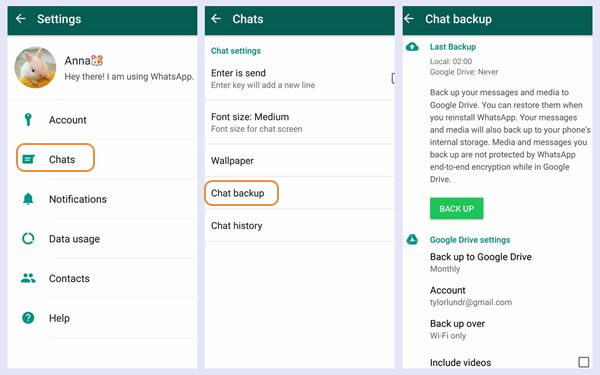 You can also use it to backup and restore other social apps as well.
You can also use it to backup and restore other social apps as well.
Download Download
How To Backup and Restore WhatsApp Chat History in 2022
Cloudwards.net may earn a small commission from some purchases made through our site. However, any affiliate earnings do not affect how we review services.
Table of Contents
- How to Backup WhatsApp on iPhone
- How to Backup WhatsApp on Android
- Store Your WhatsApp Backup in the Cloud
- 1. Sync.com
- 2. pCloud
- 3. Icedrive
↑
Unless you manually backup WhatsApp, you can easily lose access to important conversations, or worse, your contacts themselves. Here's how to backup WhatsApp to ensure that doesn't happen.
By Robin Barber (Associate Editor)
— Last Updated: 2022-03-02T15:28:24+00:00
Whether you’re about to move to a new device or just worried about losing your conversations, there are many reasons why you should backup your data.:no_upscale()/cdn.vox-cdn.com/uploads/chorus_asset/file/22759448/Screen_Shot_2021_08_03_at_4.06.35_PM.png) Helpfully, some apps — including WhatsApp — have ways to backup your data automatically. In this article, we’ll show you how to backup WhatsApp messages and attachments on your phone.
Helpfully, some apps — including WhatsApp — have ways to backup your data automatically. In this article, we’ll show you how to backup WhatsApp messages and attachments on your phone.
Key Takeaways:
- You can backup WhatsApp messages from within the app.
- By default, Android devices use Google Drive and iOS devices use iCloud for the backup.
- There are other services that can store the backup you create.
- You can recover your WhatsApp chats during the installation process.
Although you can create a local backup on your phone, you can’t easily use it to move conversations to a new device and it won’t protect anything from most cybercrime or physical damage. Instead, you should keep a copy in the cloud. Luckily, it only takes a few taps to save all your WhatsApp data to either Google Drive or iCloud.
The easiest way to backup WhatsApp is with the built-in feature that lets you save your chats to either iCloud or Google Drive — on iOS or Android, respectively.
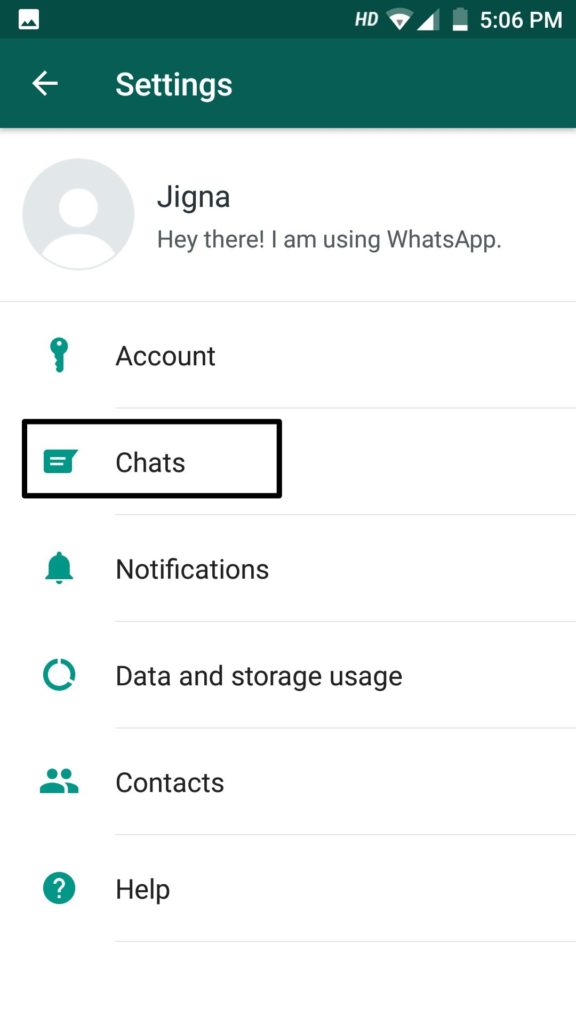 Simply go into “settings,” “chats” then “chat backup.” Here, there will be a backup button and an auto-backup feature that you can set up.
Simply go into “settings,” “chats” then “chat backup.” Here, there will be a backup button and an auto-backup feature that you can set up.When you install WhatsApp on your phone, it will ask you if it should restore chat histories. Make sure that your backup is on your device or your connected cloud storage — either Google Drive or iCloud — before downloading it, and then choose that option when it appears.
Simply follow the method to backup your WhatsApp data either locally or to the cloud, and then you can download that data file to your new device. However, if you’ve connected your phone to your iCloud or Google account, you should be able to restore your data without downloading it first.
How to Backup WhatsApp on iPhone
For most Apple device users, you’ll want to backup your WhatsApp chats to your iCloud storage — and you can read more on this service in our full iCloud review. You could backup everything on your iPhone, but the best way to backup just WhatsApp is to use the backup feature that’s built into the app, which is a simple four-step process.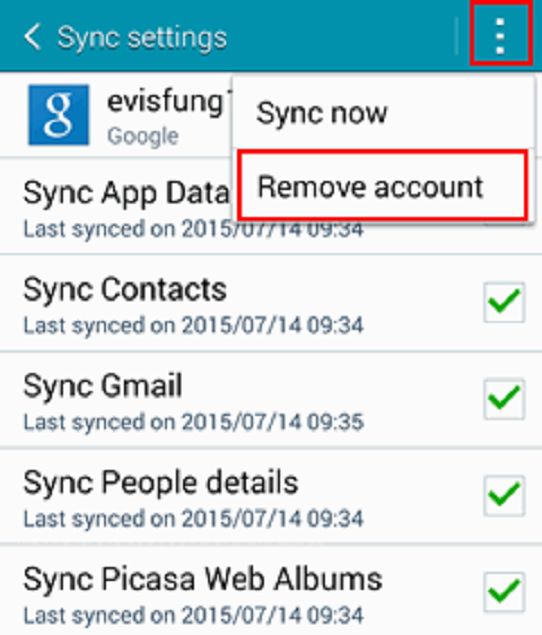
- Tap “Settings”
When you open WhatsApp from your home screen, you’ll notice five buttons along the bottom. Select the option on the far right, labeled “settings.”
In WhatsApp, tap the “settings” icon in the bottom-right corner.
- Select “Chat Backup”
Choose “chat backup” from the “chats” page.
Go into your chat backup settings.
- Tap “Back Up Now”
You can either tap “back up now” to start the backup process or select “auto backup” and change your backup frequency.
Tap “back up now” to start creating a backup.
How to Backup WhatsApp on Android
Although the process is similar, WhatsApp puts its buttons in slightly different places on Android devices. It’ll also save everything to your Google Drive account. Note that with this service, you give up some privacy and security in return for high speeds and a great third-party integration — and you can find out more in our full Google Drive review.
- Tap “Settings”
Choose “settings” from the dropdown list.
Choose “settings” from the dropdown menu.
- Go Into “Chats”
In WhatsApp’s settings, tap “chats” to get access to your conversation settings.
Go into your “chats” settings.
- Select “Chat Backup”
You’ll find “chat backup” near the bottom of the page, next to an icon in the shape of a cloud.
Tap “chat backup” for your backup options.
- Tap “Back Up”
Tap on “back up” to do a manual backup or “back up to Google Drive” to set your backup frequency. If you haven’t connected your phone to a Google account, it will only create a local backup.
Start to back your messages up to your Google drive.
Store Your WhatsApp Backup in the Cloud
With neither iCloud nor Google Drive being among the best cloud storage services for security, you may be worried about the privacy of your conversations.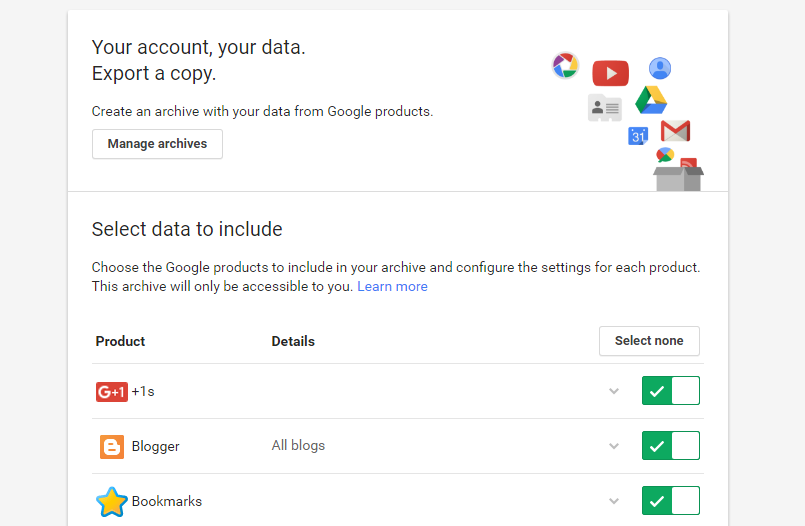 Luckily, you can use a more secure service by saving your backup files to your preferred remote storage app.
Luckily, you can use a more secure service by saving your backup files to your preferred remote storage app.
1. Sync.com
Sync.com’s incredible mobile app makes it one of the best.
At this point, it’s no surprise that Sync.com is our favorite cloud storage provider. Although our full Sync.com review goes into more detail, when it comes down to it, 2TB of space with high-end security for both PC and mobile devices at only $8.00 per month is practically unbeatable, plus you can get 5GB of cloud storage for free.
2. pCloud
pCloud is a solid option, especially for high-speed transfers.
Despite pCloud’s odd choice to make zero-knowledge encryption a paid add-on, pCloud and Sync.com are closely matched. If you’re looking for ease of use and speed, and you’re willing to pay extra for security, check out our full pCloud review. You can get started with 10GB of free cloud storage.
3. Icedrive
Icedrive is a young service, but it’s still one of the best.
Although it is newer to the cloud storage scene, Icedrive ties with Sync.com in our comparison. It doesn’t lack much in any category, including providing 10GB of free space — even if its customer support could be improved — and it’ll definitely keep your data safe. So if you’re willing to go for a younger service, read our full Icedrive review for more information.
How To Restore Your WhatsApp Backup
To restore WhatsApp from a backup, you’re going to need to reinstall it from an app store, such as Google Play. However, as WhatsApp limits how often you can receive verification text messages to a specific phone number, you should make sure you know what you’re doing before you begin.
- Give WhatsApp the Necessary Permissions
In order to restore your WhatsApp message history, you’ll need to allow access to your contacts, photos, media and files. Start by tapping “continue.”
You need to tap “continue” to start the process.
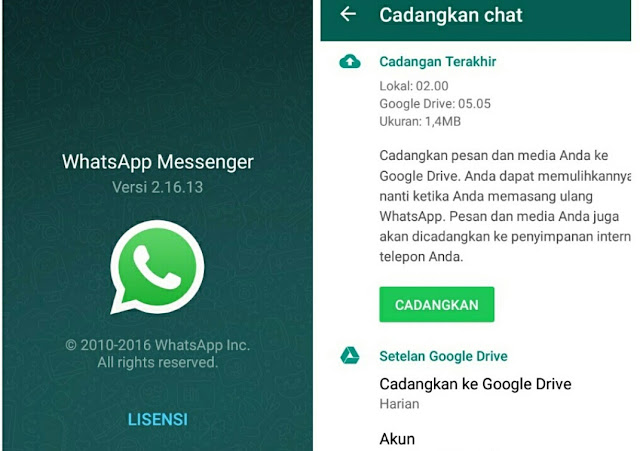
- Tap “Allow” on Each Permission
Make sure to allow every permission that WhatsApp asks for, or else you won’t be able to restore your messages.
Allow the permissions that WhatsApp asks for.
- Start Restoring WhatsApp
After it has found a backup file, check that it’s from the source you expected and tap “restore” to recover all of your conversations.
Check to make sure it’s recovering from the right email address and tap “restore.”
- Finish Setting Up WhatsApp
Once you’ve restored your WhatsApp chats from the backup, tap “next” to finish setting it up.
Tap “next” and finish setting up WhatsApp.
Final Thoughts: How to Backup WhatsApp
Whether you’re an iOS or an Android user, there’s no reason you can’t backup your WhatsApp chats and conversations. You can then use this backup to quickly recover all of your messages, as well as any photos, videos and other attachments that have been part of a conversation.
You can then use this backup to quickly recover all of your messages, as well as any photos, videos and other attachments that have been part of a conversation.
If you have saved your WhatsApp data to the cloud but can’t see it in there, be sure to look in your backup folder. Providers often keep this separate, so people don’t damage their backups by accident, but you can usually still access it through the official web page on your computer.
However, if you don’t need to use this recovery feature and are limited in space, you can instead use the “export chat” option under “chat history.” This’ll create a text file of the conversation you had with one person. You can even ignore photos and videos, so it doesn’t take up too much memory.
Keep in mind that to accomplish the backup you’ll need a reliable VPN to bypass the WhatsApp ban in Dubai and other countries where WhatsApp is banned. We also have a guide on how to unblock WhatsApp in China.
If you don’t plan on using WhatsApp anymore, our guide will help you understand how to delete your WhatsApp account and this piece will help you find a WhatsApp alternative. Plus, we also have a guide on how to recover data from a broken phone, in case you need it.
Plus, we also have a guide on how to recover data from a broken phone, in case you need it.
Have you tried to backup WhatsApp on your phone? Did you use one of these methods to keep your conversations safe? Let us know your thoughts in the comments section below. Thanks for reading.
Let us know if you liked the post. That’s the only way we can improve.
Family Link information for parents
In order for your child to have their own Google account or profile, we may need your permission to collect, use and disclose your child's information in accordance with this Privacy Notice and Google's Privacy Policy. By allowing a child to use our services, you trust us with their personal information, as well as information about yourself. We do everything to ensure the security of this data and provide you with the ability to manage it. You can choose whether or not your child can change the tracking settings for activities stored in app and web history, YouTube history, and other services.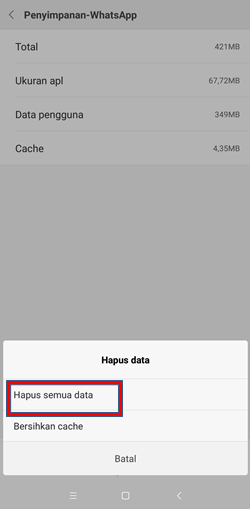
This Privacy Notice for Google Profiles and Accounts Managed with Family Link and owned by children under 13 (age limits may vary by country) and Google's Privacy Policy describe Google's privacy practices Google. Those measures that apply directly to your child's profile or account, such as restrictions on interest-based advertising, are described in this Privacy Notice.
This Privacy Notice does not apply to third-party apps and sites (non-Google) that a child may use. Always check the current terms and conditions of use to understand if these sites and applications are suitable for your child. In particular, pay attention to how data is collected and used.
What data we collect
Once you give your child permission to create a Google profile or account, their profile or account will generally be subject to the same information we collect as your own account. Examples of such information are listed below.
Information you or your child provide to us and content you create
When you create an account or profile, we may ask for personal information such as first name, last name, email address and date of birth.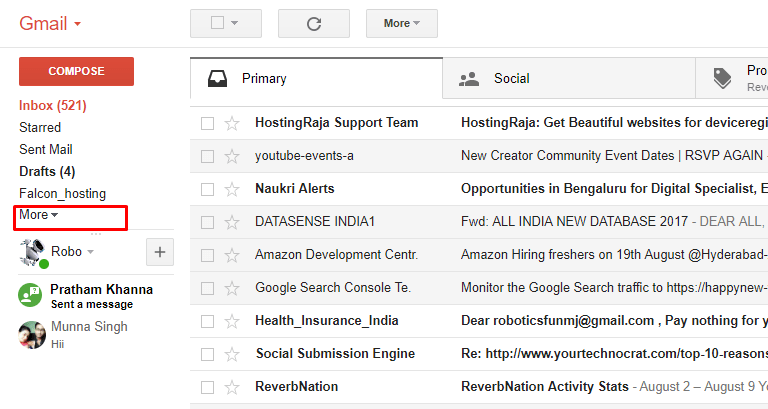 We collect information that you or your child provides, such as contact information, and use it to contact you when we need your consent. In addition, we collect content that your child creates, uploads, and receives from other people using their account or profile. This includes, but is not limited to, pictures your child saves in Google Photos and documents they create in Google Drive.
We collect information that you or your child provides, such as contact information, and use it to contact you when we need your consent. In addition, we collect content that your child creates, uploads, and receives from other people using their account or profile. This includes, but is not limited to, pictures your child saves in Google Photos and documents they create in Google Drive.
Information we receive from your child's use of our services
We automatically collect and store certain information about what services your child uses and how they interact with them. The source of this data can be, for example, a query on Google Search, a command to the Google Assistant, or a YouTube video for Kids. Some of the types of such information are listed below.
-
Information about apps, browsers and devices used by the child
We collect information about the apps, browsers and devices your child uses to access Google services. This information includes, but is not limited to, unique identifiers, browser and device type and settings, operating system, mobile network information (including carrier name and phone number), and application version.
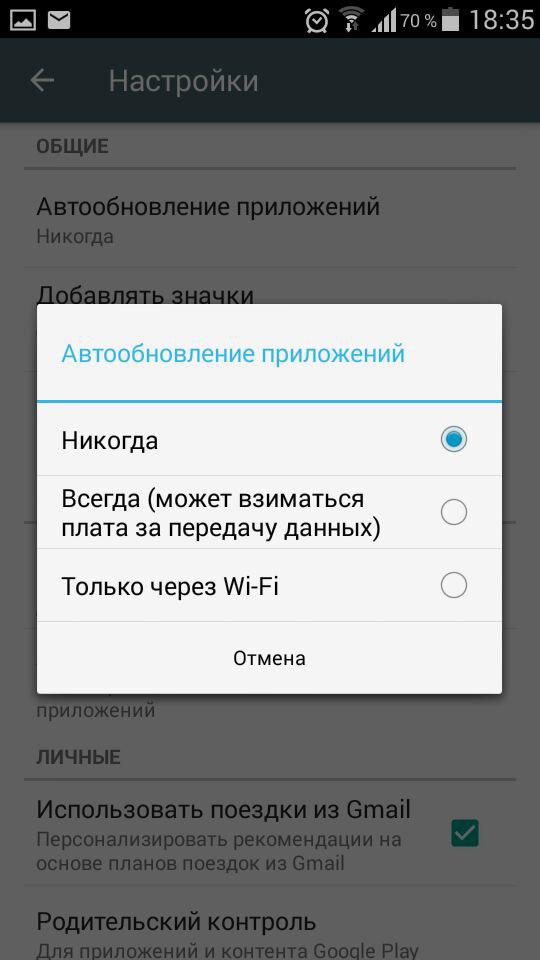 We also collect information about how the apps, browsers and devices your child uses interact with our services. This includes, but is not limited to, IP addresses, crash reports, information about system activity, and the date, time, and referral URL. This data is collected, for example, when the Google service on your child's device accesses our servers. This can happen when installing an application from Google Play and in other situations.
We also collect information about how the apps, browsers and devices your child uses interact with our services. This includes, but is not limited to, IP addresses, crash reports, information about system activity, and the date, time, and referral URL. This data is collected, for example, when the Google service on your child's device accesses our servers. This can happen when installing an application from Google Play and in other situations. -
Information about your child's activities
We collect information about your child's activities on Google services. We use this data, for example, to recommend applications on Google Play to him. You can allow or prevent your child from changing their activity tracking settings. This type of information includes, but is not limited to, search queries, audio data transmitted when using voice control, videos watched, information about users with whom your child communicates or shares content, and Chrome browser history synced with a Google account.
 If your child uses Google services (such as Google Meet or Duo) to make and receive calls or send and receive messages, we may collect call and message data. In their Google account, your child can view and delete the information already recorded in the profile or account and specify what data should be stored. You too can manage your child's activities by logging into their Google account or Family Link profile.
If your child uses Google services (such as Google Meet or Duo) to make and receive calls or send and receive messages, we may collect call and message data. In their Google account, your child can view and delete the information already recorded in the profile or account and specify what data should be stored. You too can manage your child's activities by logging into their Google account or Family Link profile. -
Your child's location
We collect information about your child's location when they use Google services. We may determine its location using GPS data, IP address, information from sensors on the device, and information about objects around it, such as Wi-Fi hotspots, cell towers, and Bluetooth-enabled devices. The types of location data we collect depend in part on the settings of the devices you and your child own.
-
Your child's voice control data
We may collect your child's voice control data, for example, when they say "Ok Google" or click the microphone icon.
 A recording of the next phrase (including a few seconds before it) can be saved from all devices on which the child is signed into a Google Account, if the application and web history is turned on.
A recording of the next phrase (including a few seconds before it) can be saved from all devices on which the child is signed into a Google Account, if the application and web history is turned on.
We use tools and technologies such as cookies, pixel tags, local storage (such as browser web storage and application caches, databases and server logs) to collect and store information. We do not require a child to provide more personal information than is necessary to use the Google products and services available in their account or profile.
How we use the data we collect
The Google Privacy Policy details how we may use the data we collect associated with your child's Google profile or account. We primarily use your child's information to: offer, maintain, and improve our services; create new services; customize services based on your child's needs; track their performance and usage; directly interact with the child on issues related to our services; and improve the reliability and security of services.
We use different technologies to process your child's data for these purposes. Our automated systems analyze content associated with your child's account to tailor search results and tailor other features based on how your child uses our services. In addition, this analysis allows us to detect spam, malware, illegal content and other violations. We also apply algorithms to find patterns in the data. If we detect spam, malware, illegal content, or other policy violations on our systems, we may disable your child's profile or account, or take other action. Under certain circumstances, we may also report the violation to the competent government authorities.
We may use your child's information to provide recommendations, personalized search results, and content of interest to your child. For example, if allowed in the settings, we can use the list of apps installed on a child's device to recommend new apps on Google Play.
In addition, for the purposes described above, we may combine data collected from our services and devices used by your child.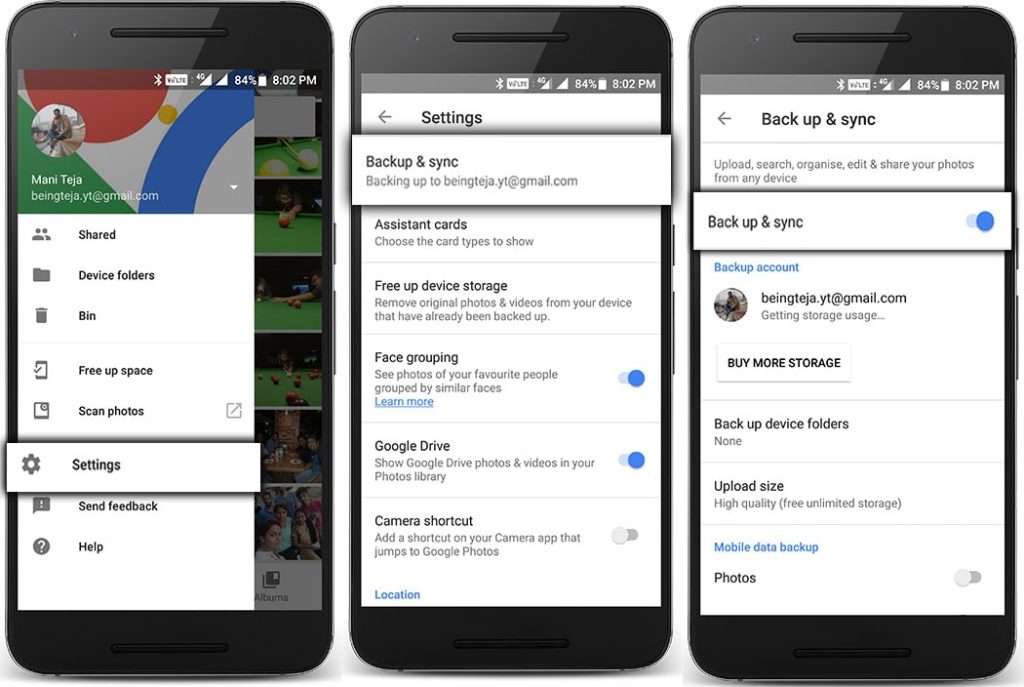 Depending on your profile and account settings, we may associate your child's activities on our websites and apps with your child's personal information to improve Google services.
Depending on your profile and account settings, we may associate your child's activities on our websites and apps with your child's personal information to improve Google services.
Google does not show interest-based ads to children. This means ads are not matched based on information from your child's profile or account. Instead, it may be related to the content of the site or application you are viewing, to the current search term, or to an approximate location (eg city or state). When using websites and third-party applications, the child may see ads from other providers (not from Google), including personalized ads.
What information a child can share with others
By signing in with their profile or Google account, a child can share information, including photos, videos, audio recordings, and location information, by posting these materials to the public or sending them to others. If the child makes such information public, it can be found in search engines such as Google Search.
When does Google provide access to data
In some cases, access to the information we collect may be provided to third parties. We do not disclose users' personal data to organizations and individuals not affiliated with Google, except as noted below.
With user consent
We may share personal information with non-Google parties (where appropriate) with the user's consent.
Within a family group
Information about your child, including their name, photo, email address, and Google Play shopping list, may be shared with members of your Google family group.
For processing by third parties
We share personal data with Google affiliates and other trusted companies and individuals for processing on behalf of Google. Such processing is in accordance with our instructions, this Privacy Notice, the Google Privacy Policy and other applicable privacy and security measures.
For legal reasons
We share personal data with organizations and individuals not affiliated with Google when we believe in good faith that access to, use, storage or disclosure of this data is reasonable and necessary for the following purposes:
-
compliance with the requirements of legislation, regulations, court orders or mandatory requests from government agencies;
-
enforce the Terms of Use and investigate potential violations;
-
detecting, preventing or otherwise countering fraud, security and technical failures;
-
to protect the rights, property, and safety of Google, our users, and the public at large, to the extent required and permitted by law.
We may also make non-personally identifiable information (such as trends in the use of our services) publicly available or shared with our partners, such as publishers, advertisers, developers, and rights holders. For example, publicly available data about the use of our services is shared. In addition, we allow some partners to collect information about browsers and devices for the purpose of managing advertising and measuring its effectiveness. Partners use their own cookies and similar technologies for this.
Accessing your child's personal information
If your child has a Google Account, you can sign in to view, edit, delete, or export your child's information and set limits on how it can be processed. If you don't remember your child's account password, you can change it in the app or on the Family Link website. Once signed in, you can use the various features described in the Google Privacy Policy (such as activity tracking) to manage your child's privacy settings and information.
If the child has a profile, you can view, edit, delete, and export the child's data in the Family Link app or website, as well as set restrictions on its processing.
The child can delete history on the My Activity page and grant third parties app permissions by default (including device location, microphone, and contacts). With Family Link, you can also change your child's profile or Google account information, view app activity history and app permissions, and allow or block your child from sharing their data with apps or third-party services.
If you wish to stop the collection and use of your child's information, you can delete your child's profile or Google account. To do this, click the "Delete profile" or "Delete account" button on the profile or account details page in the Family Link app or website. After a while, your child's profile or account information will be permanently deleted.
Download emails from Gmail: three ways to download an archive, export types and answers to frequently asked questions
Continuation of the story from
Media news2
Stories
Stories
Daria Sidorova
Editor of the History Department.
Daria Sidorova
Google Account can store up to 15 GB of data for free. If the space is full, then it is better to download letters from Gmail to your computer. This can also come in handy if you're changing your email address or job, or even if you don't plan to use Gmail anymore. It is very easy to download the data archive - it does not require special technical knowledge.
Daria Sidorova
Read related:
How to download photos, videos and other data from Facebook
How to download your data from Instagram
How to export chats and correspondence from WhatsApp
How to download all files from Google Drive
How to download emails from Gmail
Open Google Archiver from this link.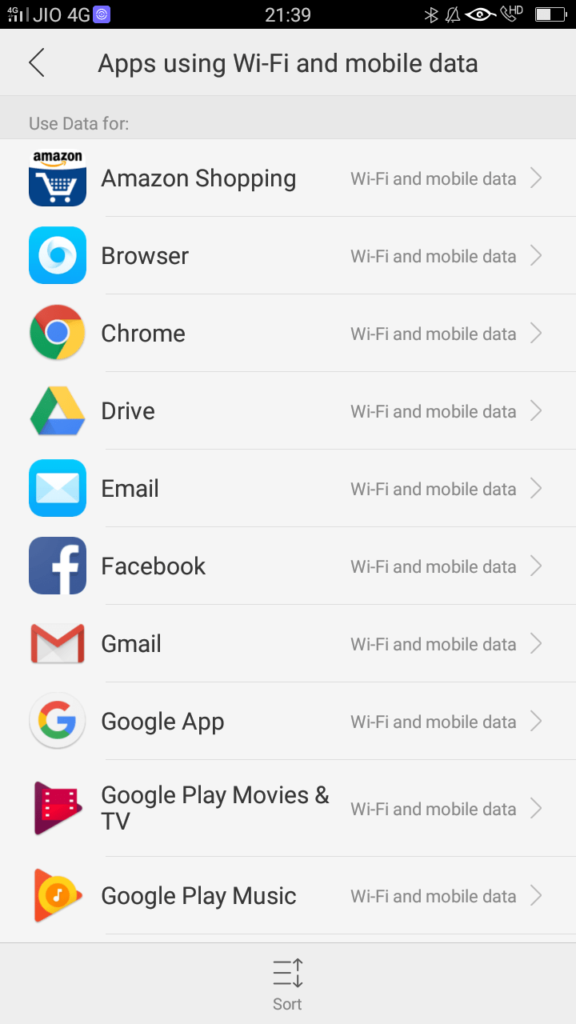 Click "Deselect" in the top right corner.
Click "Deselect" in the top right corner.
Scroll down the page - you will see the "Mail" section. Check the box next to it. Click "All Mail data selected" and in the window that opens, check the sections from which you want to export data.
Now scroll to the bottom of the page and click Next.
How to get data
There are several ways to download emails from Gmail:
- link;
- to Disk;
- in Dropbox
- in OneDrive
- in box.
Consider the three most popular.
Get from the link. In the Obtain Method section, select Via Link.
Then scroll down and click "Create Export". You will receive an email. Open it and click Download Files.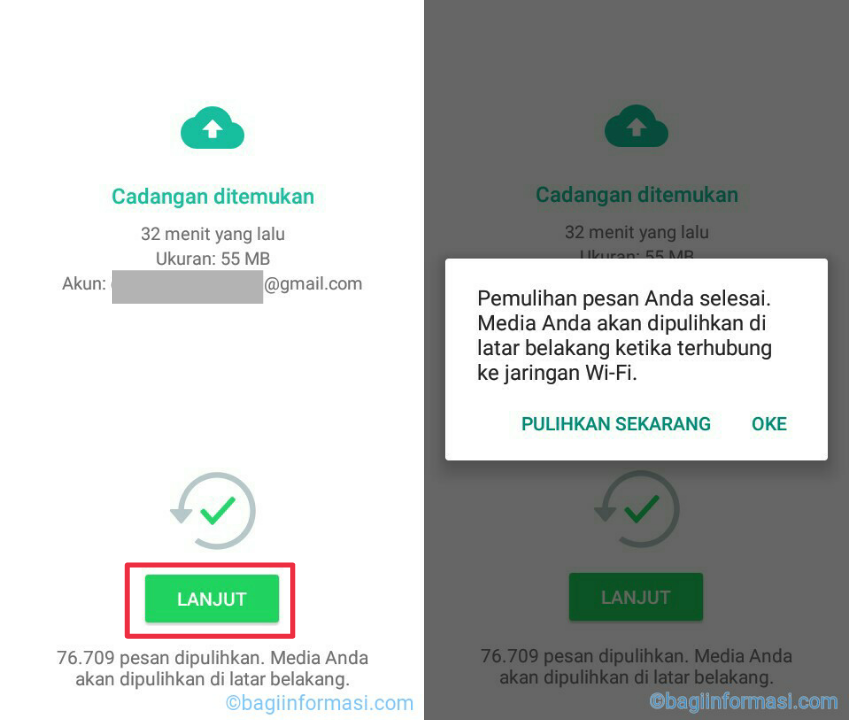 Follow the instructions below and the data will be on your device.
Follow the instructions below and the data will be on your device.
Add to Google Drive. Select "Add to Drive" as the retrieval method.
Then click Create Export. You will receive an email. Select "View in Google Drive" - there will be a folder with all the requested data. To access them, click "Download" in the upper right corner of the screen.
Add to Dropbox. Select Add to Dropbox.
At the bottom of the page, click Link Accounts and Create Export. You will be redirected to the Dropbox login page. Sign in to your account. You will be prompted to access the Applications folder. Click "Can".
You will receive a letter. Open it and select View in Dropbox. The link will redirect you to the Dropbox folder where the data is stored. Now just follow the further instructions to download them.
Export types
There are two ways to load data.
- Once. You receive one archive of selected data. This type is suitable for those who no longer plan to use the account, for example, if one of your employees leaves or if you change your email address.
- Regularly. Allows you to automatically create an archive of selected data every two months for a year. The setting needs to be set annually.
File formats
Two formats are available for download.
- Zip files (open on almost every computer).
- Tgz files (may require additional software to open).
Frequently Asked Questions
How do I save letters to my computer?
There are several ways to do this. Here is one of the most popular, which, unfortunately, only allows you to download emails one at a time. However, with its help, you can save not only the text of the letter, but also all images, formatting and attachments.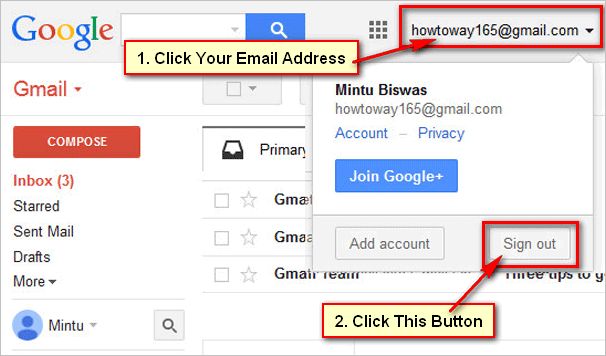
- Open your Gmail email and select the email you want to save.
- Click on the three dots in the top right corner. Select "Download message" and it will be saved to your computer.
How do I download emails from Gmail to an external hard drive?
First, you can use Google Archiver by following the steps above. In this case, you need to select "by reference" as the method of obtaining. Once you have it, just export the data to an external hard drive.
In addition, you can also download the letters in PDF format. In this case, they will look like they were printed on a color printer. However, please note that in this way you can only download one letter at a time.
- Go to your Gmail account and open the desired email.
- Select "Print All" (the printer icon) in the top right corner.

- A new tab with print settings will open. Click on the menu next to "Printer" and select "Save as PDF".
- Click "Save" and choose a save location. You will receive a PDF file.
- Finally, transfer the files to an external hard drive.
How to download emails with attachments?
Most methods do not allow you to save attachments. The only option is to use third-party mail services. In some of them, you can even set up automatic forwarding of letters, which means that they will be automatically duplicated.
Source.
Cover photo: PixieMe / Shutterstock
Subscribe to our Telegram channel for the latest news and events!
- gmail
- life hacks
- Lifestyle
Found a typo? Select the text and press Ctrl + Enter
Related materials
- one What do you do when everything is falling apart? Technique Compilation
- 2 Bringing Everyone Back: What Malls and Brands Can Do to Get Shoppers Back
- 3 Conscious shopping and brand loyalty: how can a business attract customers with new values?
- four 8 Tips for Fast Food Restaurants to Survive a Hard Time
- 5 7 qualities of scientists that will help build a career
CAPABILITIES
November 11, 2022
AI Journey Contest
November 13, 2022
Sovcombank Team Challenge 2022
November 13, 2022
FranchCamp Aspiring Entrepreneur Competition
November 13, 2022
SberStudent
November 14, 2022
Industrytrix
All possibilities
News
Only 12.






